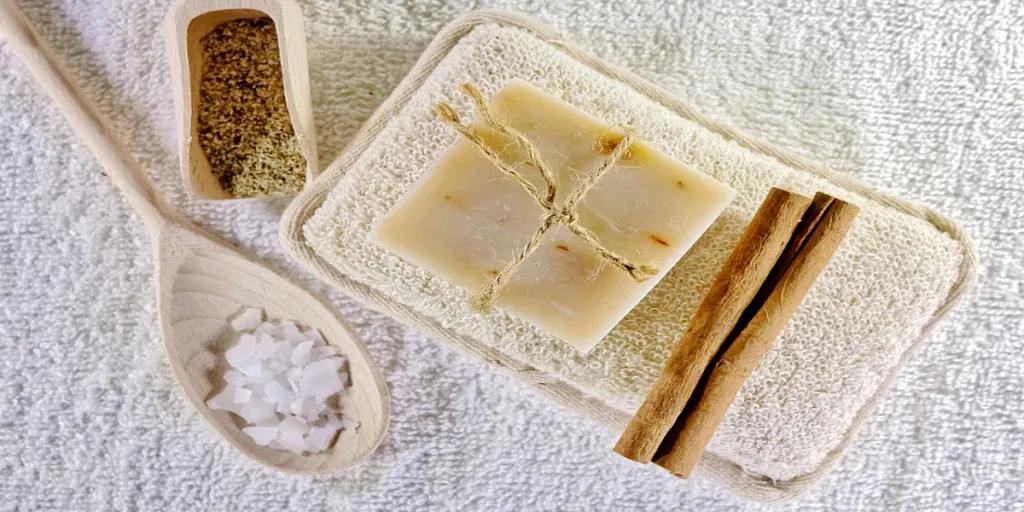Personal care takes up a significant portion of the beauty market and includes personal hygiene, grooming, and beauty products. In the past, discussing personal care topics were more sensitive, but the body positivity movement has brought these topics to the light. As a result, issues such as body hair and menstrual care are becoming destigmatized. This, along with a shift in consumer priorities for at-home care solutions and sustainable and eco-friendly products has significantly impacted the personal care category.
With this in mind, it’s worth exploring how the global beauty market has shifted when it comes to personal care products, as well as how businesses can capitalize on this shift in preferences to boost sales. So read on for the personal care products and solutions that will help you maintain your appeal and boost your sales this year and beyond.
Table of contents
The market for personal care products
6 essential trends in personal care
Embrace the future of personal care
The market for personal care products
The global personal care market accounted for 48% of the beauty and personal care segment in 2020, with total revenue of US $224 billion. And the total revenue for personal care products is predicted to reach the US $295 billion by 2026 as more people take personal health into their own hands.
Hygiene practices and personal care routines adopted during that pandemic will help to boost this trend. Additionally, personal care products like deodorant that saw a dip in sales during the stay-home period will be brought back to life as people re-engage with social activities.
Also, the types of products that consumers are looking for will change as they become more conscious of the ingredients in their personal care products. With this, there is predicted to be strong demand for environmentally friendly products. Mintel found that 20% of women used less deodorant due to concerns over chemical-infused products, and 35% said they were interested in products with natural ingredients. Additionally, 34% of women were interested in products with minimal or plastic-free packaging.
6 Important trends in personal care
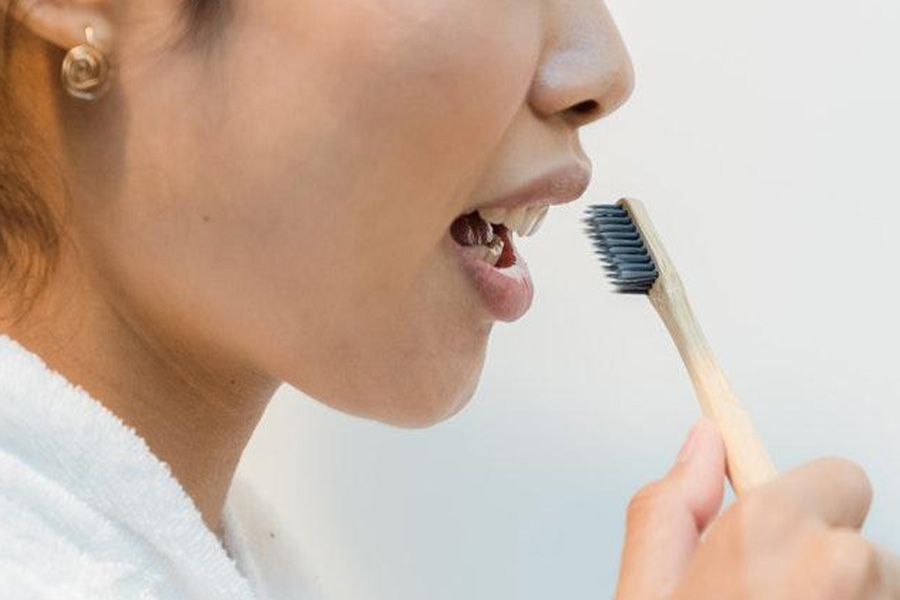
Oral wellness
Like in the skincare market, the oral care category focuses on the mouth’s microbiome with oral care products that go beyond the surface level.
The mouth hosts the second most diverse microbiome after the gut, with around 700 bacterial species. Care for the oral microbiome has gained the attention of many, with #OralCareRoutine getting 4.4 million views on TikTok. According to Harvard Dental student Christina Xu, oral care will become increasingly crucial for those using e-cigarettes. Xu found that cinnamon and menthol flavors were the most harmful in killing good bacteria necessary for oral health.
People seek toothpaste made from natural ingredients that whiten teeth and that benefit the mouth’s entire microbiome.
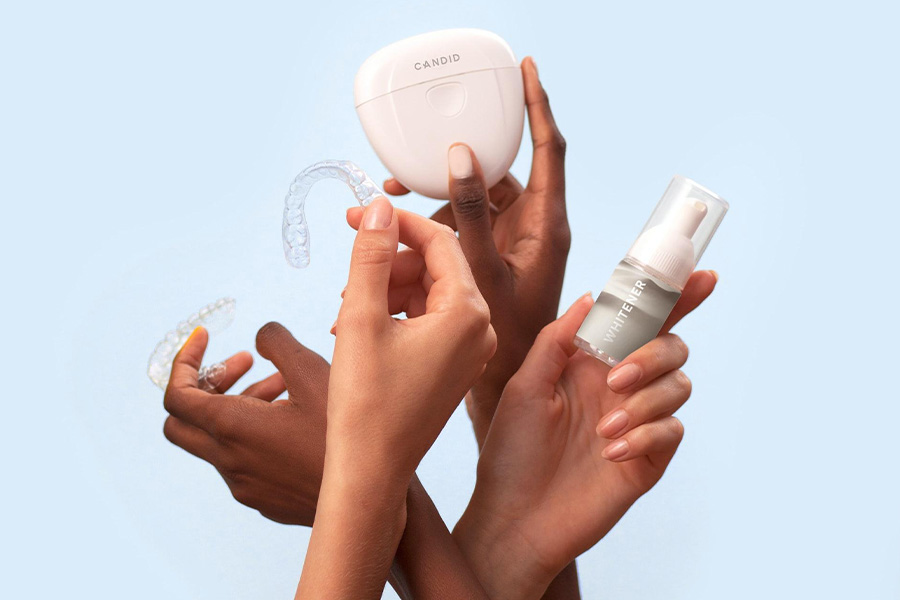
Elevated at-home oral care: Dental-grade solutions
Following the pandemic’s surge of at-home beauty solutions and the education provided by industry professionals via TikTok, there will be a greater trend of people opting for at-home oral care to save time and money.
The products taking over the market for at-home dental-grade solutions are home kits and beauty devices, such as teeth whitening products and equipment, and gum-care devices. The global beauty devices market is expected to increase from US $42.2 billion in 2020 to US $207.2 billion in 2027.
Progressive underarm care
The body positivity movement has significantly impacted the beauty market as it tackles previously considered unattractive topics, like body odor and body hair. In particular, attitudes toward body hair have shifted due to pro-body hair brands and a change in grooming routines during the pandemic. On TikTok, videos tagged #BodyHairPositivity have seen 100 million views, and young people now see body hair as sexy and empowering.
People seek progressive underarm care such as deodorant that is natural, good for their bodies, and good for the environment.
As more people accept body hair, products will rise to treat hair growth issues, such as irritation and ingrown hairs. Body-part-specific products will also thrive, especially those that address issues such as sweat, chafing and body acne.

Menstruation & period positivity
As with body hair, we are seeing a de-stigmatization of menstruation. This has resulted in refocusing attention on products that are affordable and accessible to all.
The market for menstrual products, including tampons, pads, menstrual cups, and vulva care (sensitive soaps and vulva repair products), is projected to grow from $38.18 billion in 2021 to $54.52 billion with a growth rate of 5.22%.
More people are turning to reusable products like period underwear and menstrual cups. And people seek eco-friendly and sustainable products whenever possible when it comes to other period products like tampons and pads.
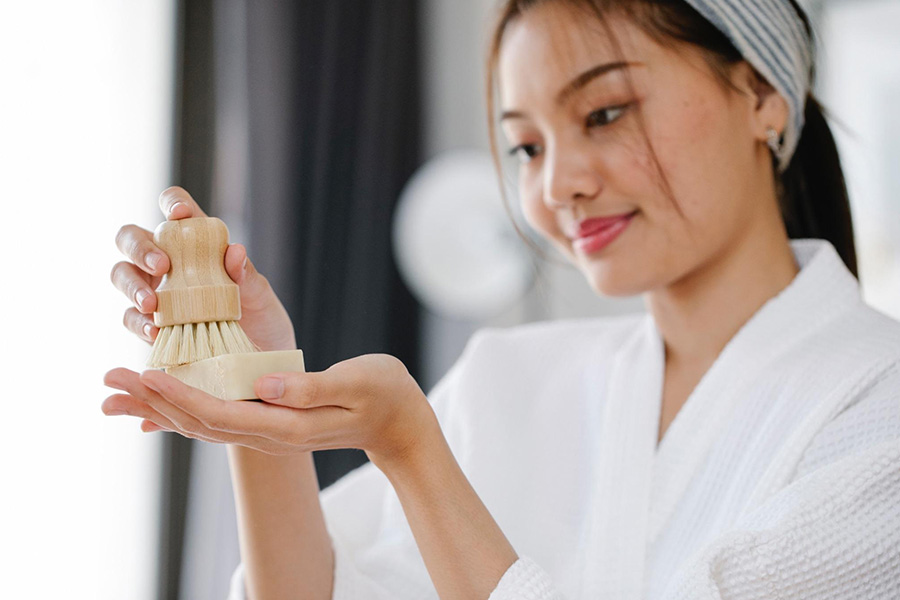
Plant-based products
People are becoming more environmentally conscious and aim to live more sustainably. This increases the demand for waste-free personal care products made from natural ingredients and that include “free-from” claims.
The global market for natural, organic cosmetics and personal care products is projected to increase from US $30 billion in 2021 to US $50.6 billion in 2027.
When it comes to alternative personal care products, the question of effectiveness is often raised. Over the past 12 months, Google Trends saw a 100% increase in searches for the “most effective natural deodorant”. And, on TikTok, videos tagged #ArmpitDetox have seen over 7.6 million views.
There is no official definition of clean beauty. However, certifications and stamps of approval will help gain trust when formulating products with natural ingredients and help people make the shift.
Some organic products leading the market in the personal care category include face creams, deodorant, and toothpaste.
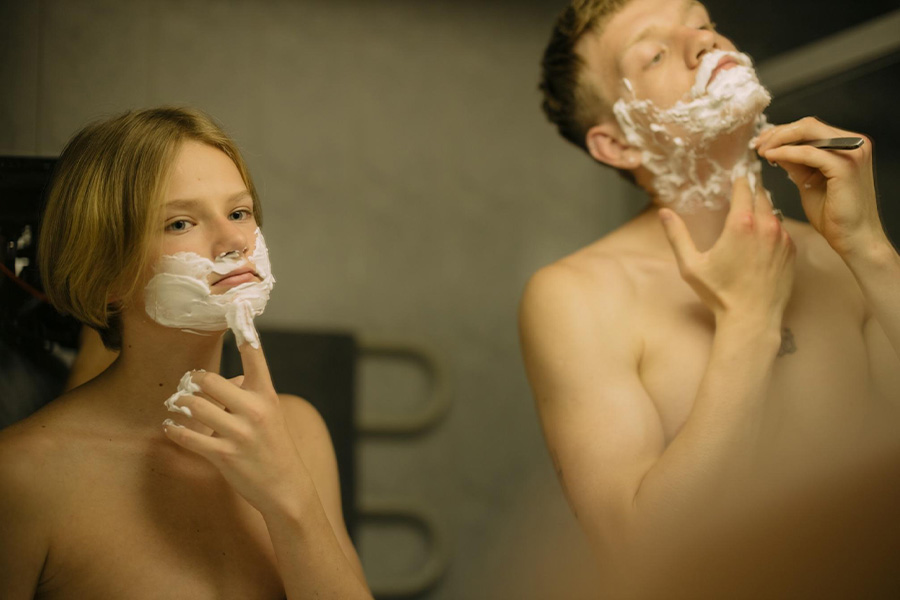
Sustainable & long-lasting products
To align with inclusivity and sustainability, personal care products are being redesigned to prioritize longevity and accessibility. Conscious consumers are prioritizing less waste to save money and protect the environment.
One category within personal care where we see a significant impact is the razor market. Brands are moving away from single-use plastic razors to shaving products made from recycled or eco-friendly biodegradable materials such as bamboo.
Embrace the future of personal care
The market for personal care products is changing as people take their health and wellness into their own hands and their priorities shift to sustainable, eco-friendly products. To be competitive, brands should focus on refillable, reusable, waterless beauty products made from natural ingredients. By capitalizing on these trends, brands can ensure they’re well set up for the future of personal care!
